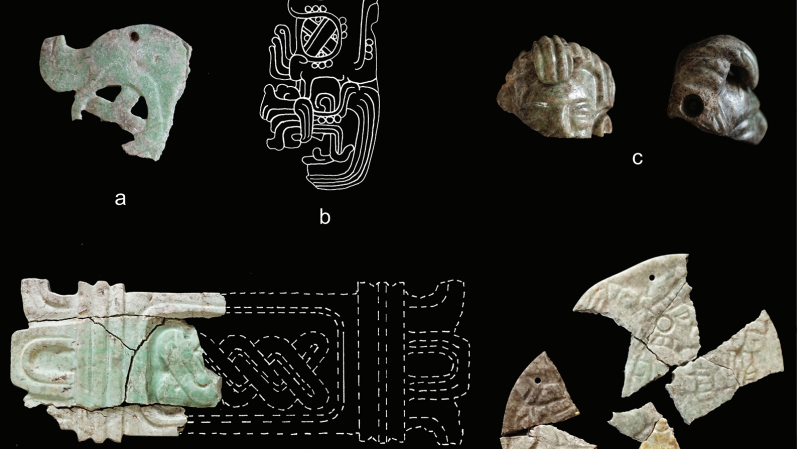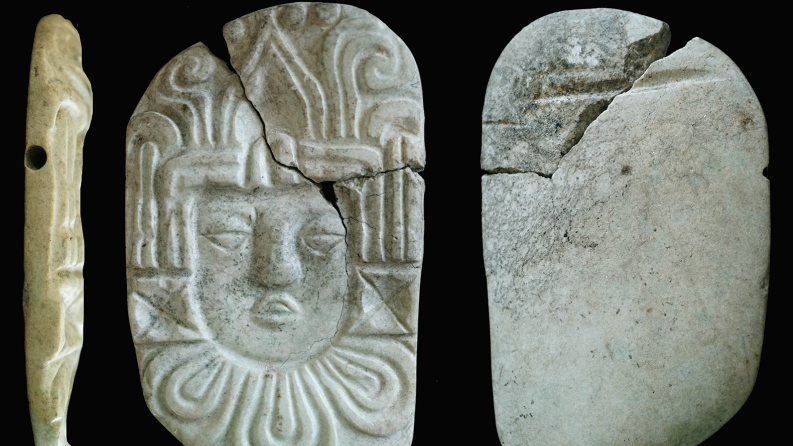Archeologists in Guatemala uncovered evidence of a ritual where the human remains of royals during the early ninth century AD were burned, indicating that ancient Maya people used the event as a public display to highlight regime change.
A new study published in the journal Antiquity looked at textual sources from between AD 800 and 900, highlighting political upheaval in the Maya Lowlands, and that the Maya kingdom of K'anwitznal grew during the reign of Papmalil. The new discovery coincides with Papmalil's empire and suggests a dramatic show of power.
Christina T. Halperin, a professor from the University of Montreal and lead author of the research, says this discovery is unique because archeological research typically doesn't highlight precise moments when there is regime change.
"Much epigraphic and archaeological research in the Maya area has focused on the collapse of Classic Maya polities at the end of the eighth and the beginning of the ninth century AD," Halperin said in a news release. "However, key tipping points in history are rarely found directly in the archaeological record."
Halperin and the research team excavated a temple-pyramid in Ucanal, which was the K'anwitznal capital and is now present-day northern Guatemala. They discovered a deposit containing burnt human remains and ornaments, which included a greenstone mask usually saved for royal tombs, as well as jade and marine shell ornaments. This indicates it was the burial of Maya royalty.
 Burnt and cracked greenstone ornaments, including a Hu'unal greenstone diadem and a round relief pendant of a human head. (Christina Halperin/University of Montreal)
Burnt and cracked greenstone ornaments, including a Hu'unal greenstone diadem and a round relief pendant of a human head. (Christina Halperin/University of Montreal)
Through radiocarbon dating, the research team was able to figure out that the burning event occurred some time after the royals had died, suggesting the tomb was re-entered specifically to burn the remains. It likely overlapped with Papmalil's takeover of the kingdom.
Halperin says the burning ritual would have been "a dramatic, public affair" that rejected the Late Classic Maya dynasty (AD 600-810) and introduced a new political order.
"The fire-burning event itself had the potential to be highly ceremonial, public and charged with emotion," Halperin said. "It could dramatically mark the dismantling of an ancient regime."
Through Maya hieroglyphic texts, the act of re-entering a tomb and burning royal remains is considered an act of desecration, and the public display of burning those remains symbolizes the dismantling of previously hardened institutions.
Halperin says this specific moment in history demonstrates not just the end of a dynasty, but a total transformation from what the K'anwitznal political structure and Maya Lowlands had been previously.
"The fire-burning event itself and the reign of Papmalil helped usher in new forms of monumental imagery that emphasized horizontal political ties and fundamental changes in the social structure of society," Halperin said.








































